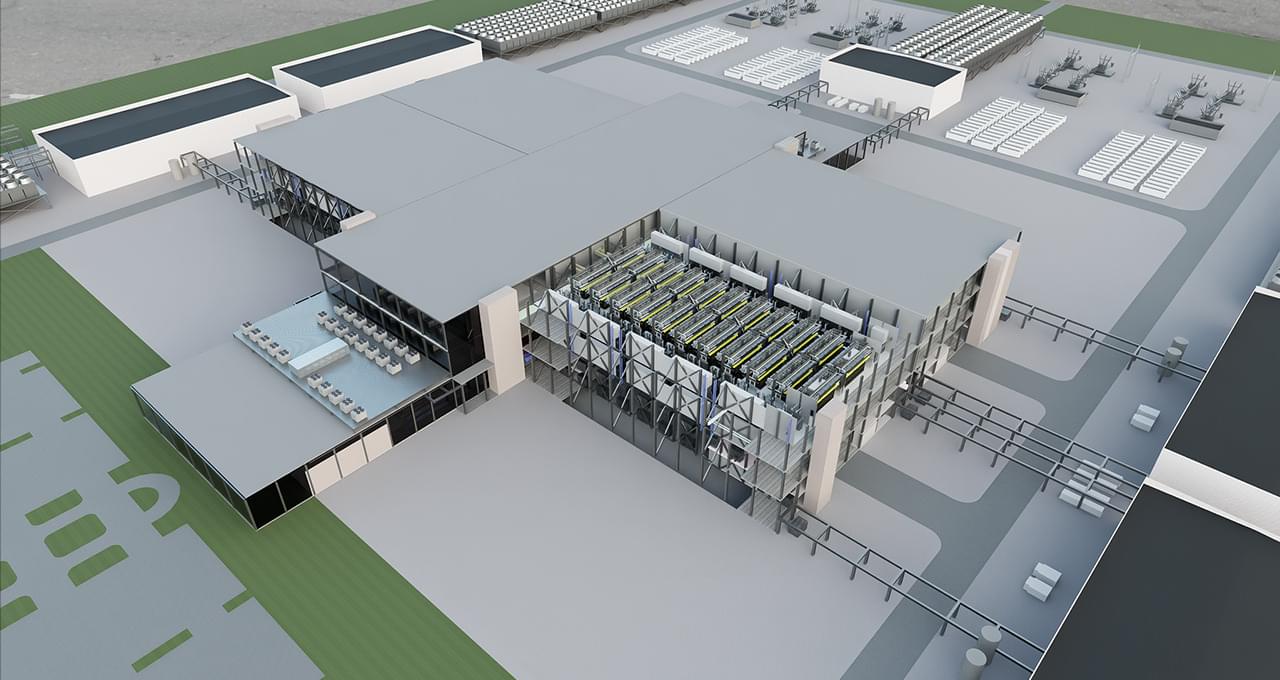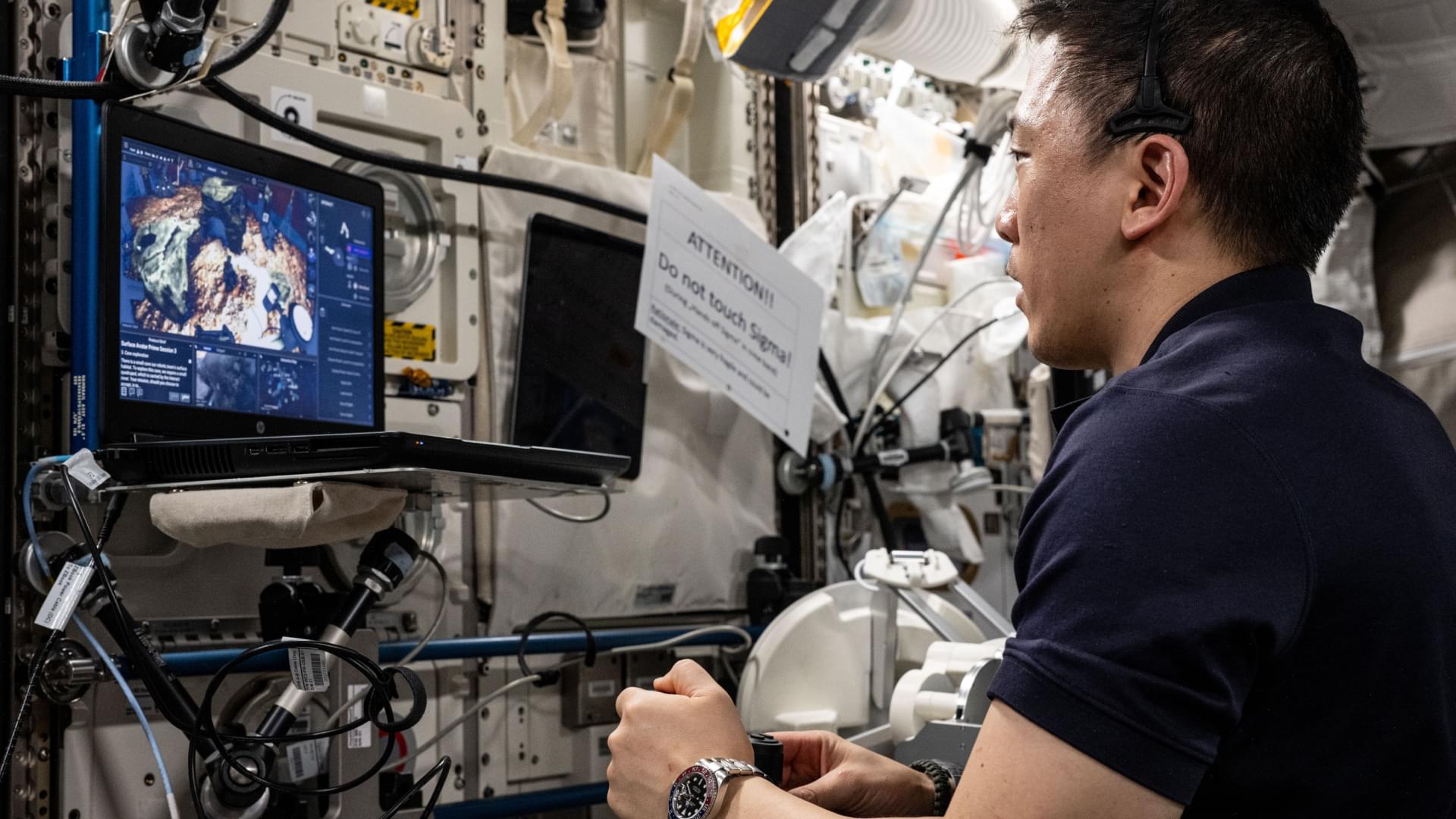RatOn malware, first seen July 5, 2025, evolves into ATS trojan targeting crypto wallets and Czech banking.



At this week’s AI Infrastructure Summit in Silicon Valley, NVIDIA’s VP of Accelerated Computing Ian Buck unveiled a bold new vision: the transformation of traditional data centers into fully integrated AI factories.
As part of this initiative, NVIDIA is developing reference designs to be shared with partners and enterprises worldwide — offering an NVIDIA Omniverse Blueprint for building high-performance, energy-efficient infrastructure optimized for the age of AI reasoning.
Already, NVIDIA is collaborating with scores of companies across every layer of the stack, from building design and grid integration to power, cooling and orchestration.

Motor brain–computer interfaces (BCIs) decode neural signals to help people with paralysis move and communicate. Even with important advances in the past two decades, BCIs face a key obstacle to clinical viability: BCI performance should strongly outweigh costs and risks. To significantly increase the BCI performance, we use shared autonomy, where artificial intelligence (AI) copilots collaborate with BCI users to achieve task goals. We demonstrate this AI-BCI in a non-invasive BCI system decoding electroencephalography signals. We first contribute a hybrid adaptive decoding approach using a convolutional neural network and ReFIT-like Kalman filter, enabling healthy users and a participant with paralysis to control computer cursors and robotic arms via decoded electroencephalography signals. We then design two AI copilots to aid BCI users in a cursor control task and a robotic arm pick-and-place task. We demonstrate AI-BCIs that enable a participant with paralysis to achieve 3.9-times-higher performance in target hit rate during cursor control and control a robotic arm to sequentially move random blocks to random locations, a task they could not do without an AI copilot. As AI copilots improve, BCIs designed with shared autonomy may achieve higher performance.
Published September 2025 Nature Machine Intelligence:
Preprint: 2024 Oct 12:2024.10.09. https://pmc.ncbi.nlm.nih.gov/articles/PMC11482823/
Tesla megablock revolution | fast power, grid stability & AI ready solutions.
## Tesla’s Megablock is a revolutionary energy storage solution that enables fast power, grid stability, and scalability to support widespread renewable energy adoption, AI data centers, and energy independence.
## Questions to inspire discussion.
🚀 Q: How quickly can Tesla’s Megablock be deployed? A: Tesla’s Megablock can deliver 1 GWh of power in just 20 days, capable of powering 40,000 homes in less than a month.
⚡ Q: What makes the Megablock’s deployment so efficient? A: The Megablock’s modular, plug-and-play design allows for rapid scalability and deployment, with integrated transformers and switchgear reducing complexity.
Grid Stability and Performance.
Questions to inspire discussion.
Autonomous Driving Development.
🔄 Q: What version of the Robotaxi software is Tesla currently working on? A: Tesla’s autonomy team is focused on version 14, which will be merged with the public release for consumer vehicles.
🛣️ Q: How is Tesla approaching the expansion of its Robotaxi service area? A: Tesla is taking a cautious approach, prioritizing data collection and safety over rapid expansion.
👀 Q: Are Tesla’s Robotaxis currently fully autonomous? A: The service is currently supervised by a human driver, with the goal of eventually removing the safety monitor for fully autonomous operation.
Future Plans and Strategies.




Elon Musk’s future success with Tesla, potentially leading to a valuation of $8.5 trillion, is contingent upon the company’s advancements in AI chip development and deployment of autonomous vehicles and robots.
Questions to inspire discussion.
Tesla’s AI Chip Development.
🖥️ Q: What is Tesla’s new focus for AI chip development? A: Tesla is ending Dojo and concentrating all silicon talent on creating a single, powerful chip called AI6, aiming to make it the best AI chip by far.